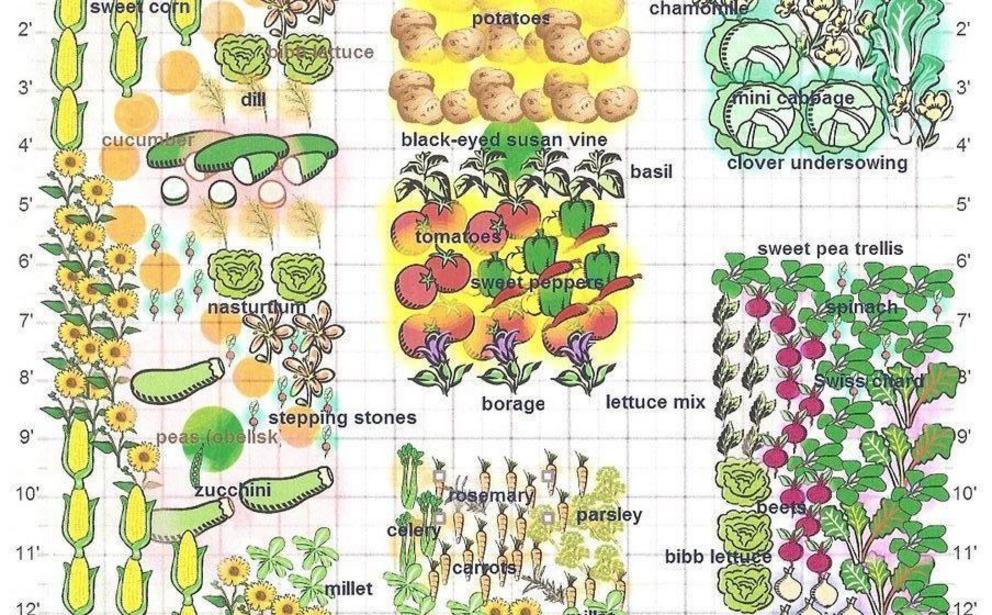Secrets of companion planting and popular planting combinations
You may have heard that tomatoes hate growing near cucumbers. It’s true. Tomatoes will not grow as well when grown among the curcurbit family. There are plenty of tricks such as this to help your garden and we will share some below.
Tomatoes absolutely love carrots and basil. Vigor increases when they are grown together. Basil enhances the flavor of tomatoes as well. I always found it to be true and have chalked it up to a symbiotic chemical relationship in the soil. As far as carrots helping, this may have to do with pest prevention and management due to natural attraction and repellent characteristics. More on this later.
Companion planting is a very real principle that can make or break your garden. You wouldn’t want to grow one type of plant that attracts a pest for its neighboring plant, now would you?
Likewise, two different types of plants may not share a symbiotic balance when they share root space. The soil may become very deficient in a nutrient due to the imbalance and the NPK ratio (and more) can be thrown way off. Two different plants may be competing for certain nutrients in an unsustainable way which can allow disease to spread easily.
Take blossom end rot for instance. If all of the calcium in your soil is used up, or unavailable, your tomatoes, squashes, and melons will be more susceptible to blossom end rot.
On a similar note, planting more like nature does in a sporadic manner instead of nice, neat rows will benefit your garden as well. This way if you do have a disease or pest problem start to arise, the spreading will be greatly minimized.
Biodiversity among the garden and proper polyculture practices will help your plants be more resilient to pests and disease and will result in fewer losses. Nice, neat rows of the same exact plant is like an all-you-can-eat buffet for pests and disease. It allows them to take over quickly and easily.
Carrots, dill, parsley, and parsnip are known to attract beneficial insects such as praying mantises, ladybugs, and spiders. These predator of pests will protect your tomatoes. This is good reason to plant carrots near tomatoes.
Another good practice to get in the habit of in your garden is planting flowers with vegetables. Interplanting I should, rather. Marigolds and nasturtiums are two flowers that can help your garden by attracting beneficial pollinators, This will have the effect of increasing fruit-sets on squashes and melons, peas, cucumbers, tomatoes, and more!
Nasturtiums are a great choice for flowers in the garden. They are edible so it’s not a waste of food space. Nasturtiums look great in salads and are tasty too! They also have a nutritious root, called mashua. Mashua was traditionally a staple crop in parts of South America.
There are some great cheat sheets below but here are a few tips I’ll point out first. Peppers and beans don’t like to be near each other.
Potatoes and tomatoes are both nightshades so you’d think they can be planted next to each other right? Family members get along? Don’t even think about it. Potatoes and tomatoes HATE each other and you will have nothing but pest and disease problems if you try to grow these two together.
Another big one is that peas and onions don’t do well side by side.
Salad greens tend to be a safe choice anywhere that plenty of nitrogen is present, however they tend to hate growing near broccoli and vice versa.
It’s a lot to take in at first, but start somewhere and refine your garden relationships as you go. The more of these rules you can adhere to the more vigor you’ll see, and pest and disease resistance will be heightened too. This in turn will give you a better harvest, and that is the ultimate goal, is it not?

